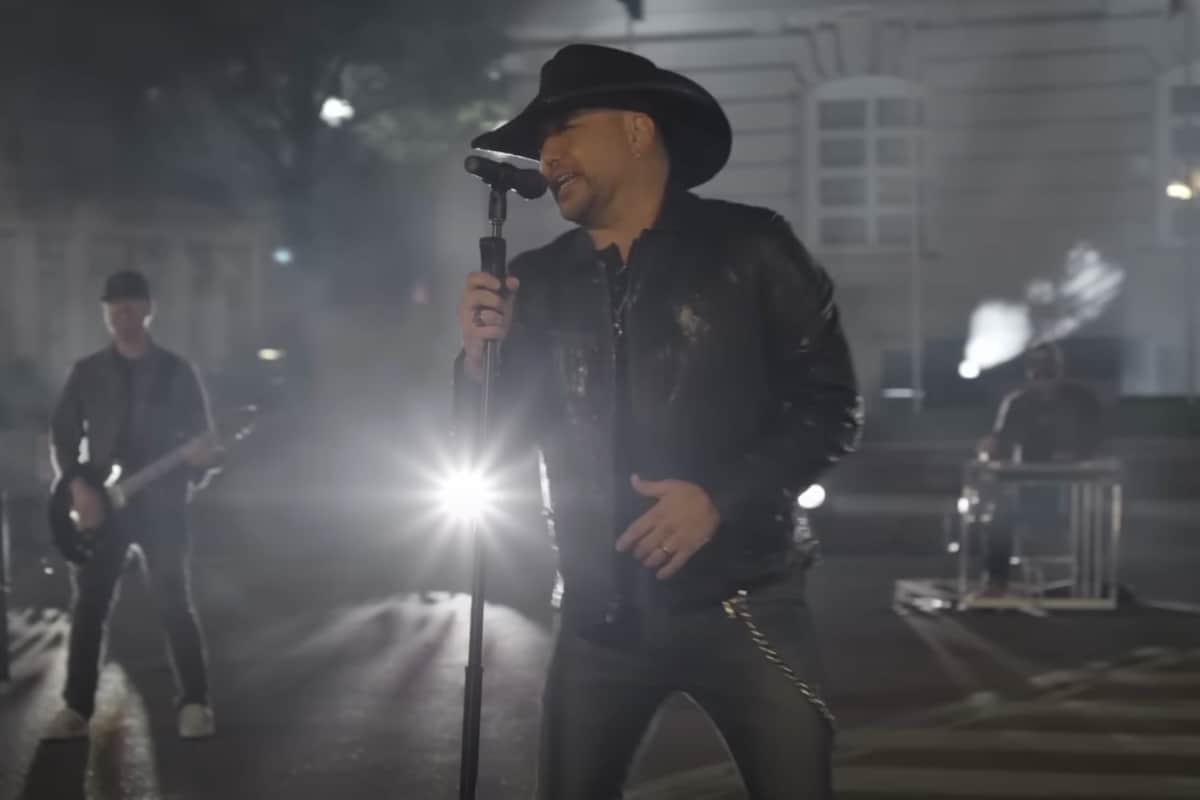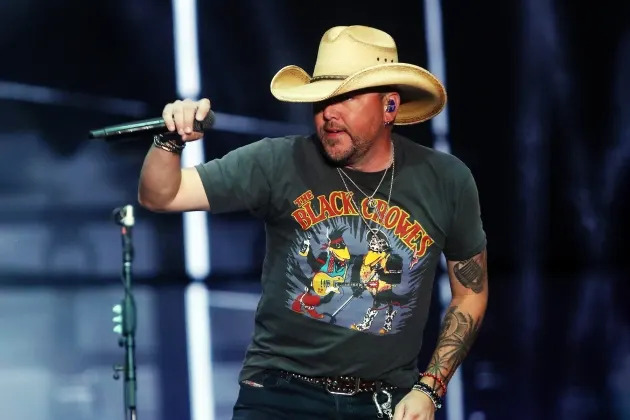When Dr. Karlos K. Hill first watched Jason Aldean’s video for “Try That in a Small Town,” he saw the current conservative American political moment flash before his eyes. “It’s the narrative of Make America Great Again, of white nationalism,” Hill, a professor of African and African American Studies at the University of Oklahoma, tells Rolling Stone. “But it’s packaged in this really nice, seemingly benign package of country music.”
Aldean released the video “Try That in a Small Town”. The single received very little attention or fanfare: It was streamed less than five million times on Spotify in the months since its release. But the reaction to the video is something else.
As a greatest-hits reel of Fox News scaremongering imagery flickers by — of protests, police defiance, and urban unrest — the song’s chorus tilts toward a menacing threat of violence: “Try that in a small town,” it warns, “See how far you make it down the road.”
But another detail of the music video was less publicized. Along with the protest scenes in the archive footage shot in Canada is a new scene that director Shaun Silva filmed in front of the Columbia, Tennessee courthouse – the site of Henry Choate’s 1927 execution. For many, the lyrics , combined with the video’s menacing imagery and filming locations, suggested off-limits political violence. CMT removed the video from its rotation and Aldean was forced to issue a statement defending the song, which opens with the words: “In the last 24 hours, I have been accused of releasing a pro-lynching song.” (His statement went on to emphasize that this interpretation was “without merit.”)
For Dr. Hill, who has written books on the history of lynching, the 𝓀𝒾𝓁𝓁ing of Emmett Till, and the Tulsa race riots, the video was less a piece of incendiary hate speech than it was an extremely typical piece of conservative culture-war messaging in 2023.
What was your first reaction to watching the video to “Try That in a Small Town”?

It was dog-whistle politics at play. There are a couple themes: the idea that rural America is the moral center of America. That’s a very present theme, because you see images of urban America on fire, with protests, but then you have the country music singer placed in the rural area where it’s tranquil and calm and peaceful. You have the rural/urban divide theme, the “rural America is the moral compass” theme, and the “urban America is in chaos” theme.
You also have this veiled threat: “Try that in a small town.” The song is part of the current rhetoric of the moment. The “us versus them, Make America Great Again” idea. You have all of that without the artist even having to touch it. But what’s most concerning is the veiled threats of violence that, given the Jan. 6 attacks, we should be really alarmed by, because we know where they can lead.






